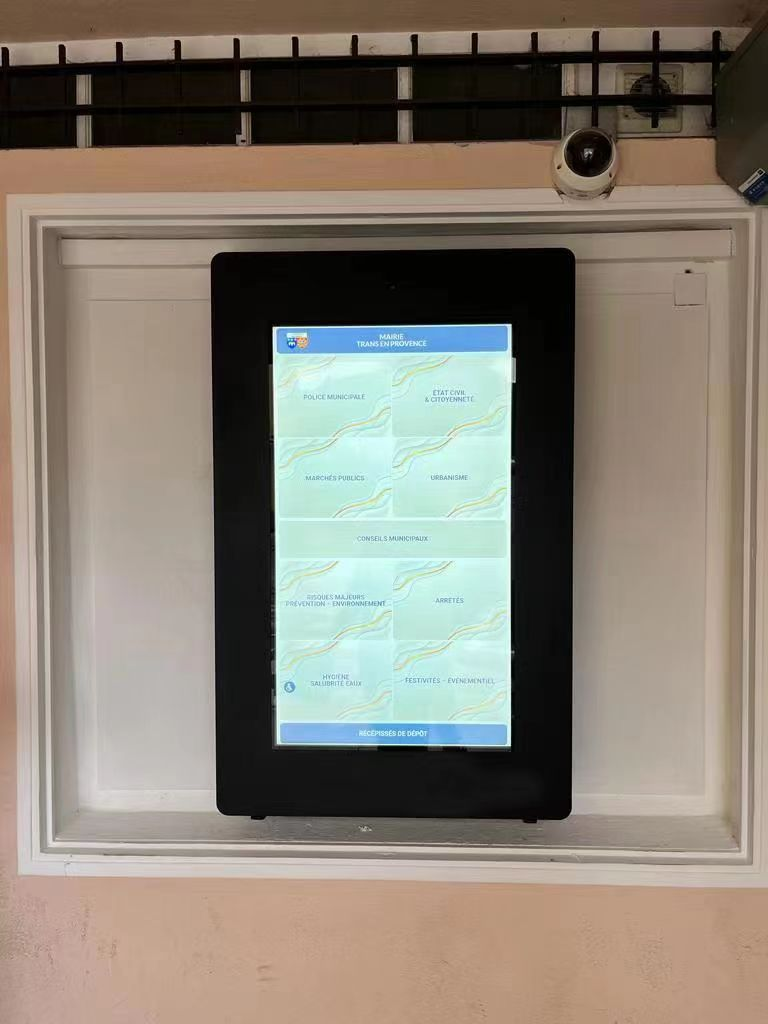Planning and Strategy for Outdoor Digital Signage
Planning and Strategy for Outdoor Digital Signage
Outdoor digital signage is a potent tool for reaching audiences, but to maximize its potential, careful planning and strategic implementation are essential. Here’s how businesses can make the most of their outdoor digital signage through audience targeting, content scheduling, location selection, and integration with broader marketing campaigns.
Audience Targeting and Engagement Strategies
Knowing your audience is the first step in creating effective outdoor digital signage. Different demographics may respond to different types of content, messaging, and visual design. Consider the following for audience targeting:

Demographic Analysis: Use local demographic data to tailor content to the age, gender, interests, and even income levels of passersby.
Behavioral Insights: Understand the patterns and behaviors of your audience—when they are most likely to be in the signage area and how they engage with their surroundings.
Engagement Techniques: Utilize calls-to-action (CTAs), QR codes, and interactive elements to increase engagement.
Content Scheduling for Maximum Impact
The impact of outdoor digital signage is significantly influenced by what content is displayed and when it's displayed. Scheduling content involves:
Time-Specific Content: Display content at times when it’s most relevant—such as lunch specials during midday or event promotions in the evening.
Dayparting: Schedule different content for different times of the day to target various audience segments effectively.
Content Variation: Rotate content to keep the display fresh and engaging, preventing audience fatigue.
Location Selection for Digital Signage Installations
The location of digital signage can make or break its effectiveness. Key considerations include:
High Traffic Areas: Install signage where there is a high footfall or vehicle traffic to maximize visibility.
Visibility: Ensure the signage is clearly visible from a distance and not obstructed by physical objects.
Proximity to Points of Interest: Place signage near landmarks or destinations where people gather or pause, increasing the chances of engagement.
Integration with Other Marketing Campaigns
Outdoor digital signage should not exist in isolation but rather be a part of a larger marketing strategy. Integration can be achieved by:
Cross-Promotion: Use digital signage to complement and promote other marketing initiatives, such as social media campaigns or upcoming events.
Consistent Branding: Ensure that the content on digital signage aligns with the overall brand message and aesthetic for a cohesive marketing approach.
Multi-Channel Strategies: Encourage viewers to engage with the brand on other platforms, bridging the gap between offline and online experiences.
The success of outdoor digital signage is rooted in strategic planning. By understanding and targeting the right audience, scheduling content strategically, choosing optimal locations, and integrating digital signage with wider marketing efforts, businesses can create compelling and effective outdoor advertising that resonates with viewers. As technology and data analytics continue to evolve, so too will the opportunities for personalized and impactful outdoor digital communication.
